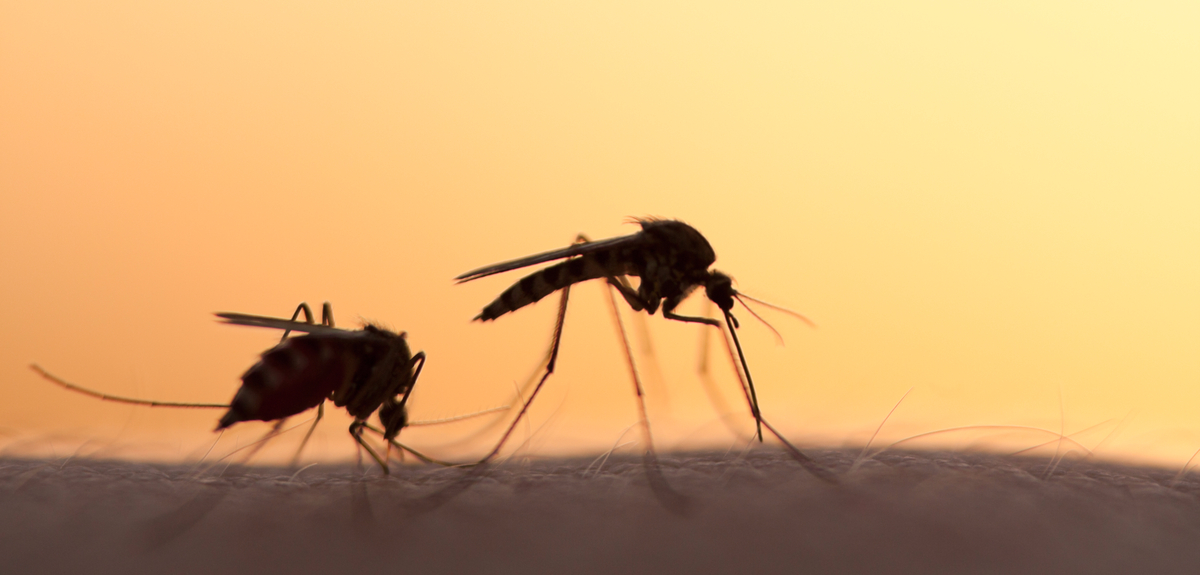Modern housing has been shown to be associated with a reduced risk of malarial infection in children in sub-Saharan Africa, compared to more traditional thatched houses.
Modern houses—with metal roofs and finished walls—are associated with a more than 9% reduction in the odds of malaria in children in sub-Saharan Africa when compared to more traditional thatched houses, according to a study published in PLOS Medicine by Lucy Tusting of the University of Oxford, United Kingdom, and colleagues at the London School of Hygiene & Tropical Medicine, Durham University and the University of Southampton.
Insecticide-treated bednets and house spraying have been effective in reducing the prevalence of malaria since the turn of the 21st century, but other approaches are needed for sustainable elimination of the mosquito-transmitted, parasitic disease. Some evidence has suggested that modern houses may protect against the parasite but few studies have rigorously evaluated the association between improved housing and malaria risk. In the new work, researchers analysed data on malaria prevalence and housing using data collected in 29 surveys carried out in 21 African countries between 2008 and 2015. Information on malaria status—as tested using a blood smear or rapid test—was available for 139,318 children under the age of five living in 84,153 households.
The proportion of children with malaria detectable in their blood varied by survey, ranging from 0.4% to 45.5% among children living in modern houses, and from 0.4% to 70.6% among children living in traditional homes. Across all surveys, modern housing was associated with a 9% to 14% reduction in the odds of malaria infection, after controlling for household wealth and use of insecticides. By comparison, children sleeping under insecticide-treated bednets had a 15% to 16% reduction in odds of testing positive for the disease.
Lead author Lucy Tusting from the University of Oxford, said: 'Good housing is a core pillar of public health, but is not used widely for malaria control. Well-built housing can block mosquitoes from entering homes and prevent them from transmitting malaria to the people who live there.
'This is the first study to compare housing and insecticide-treated nets for malaria control across a range of countries in sub-Saharan Africa. Our study suggests good housing could be an important tool in tackling malaria. This is a welcome finding at a time when we are facing increasing resistance to our most effective insecticides and drugs. We now need to assess the impact of housing improvements on malaria in field trials and to work with architects and urban planners to incorporate protective designs into housing in regions at risk of malaria.'
The authors note that the effectiveness of improving housing will vary depending on the location. While many mosquitoes enter homes to bite humans at night, outdoor malaria transmission is more common in some places, meaning interventions centred on the home will have less impact.
The study was led by the University of Oxford in partnership with the London School of Hygiene & Tropical Medicine, Durham University and the University of Southampton. It was funded by the UK Medical Research Council.
The full paper can be read in the journal PLOS Medicine.
